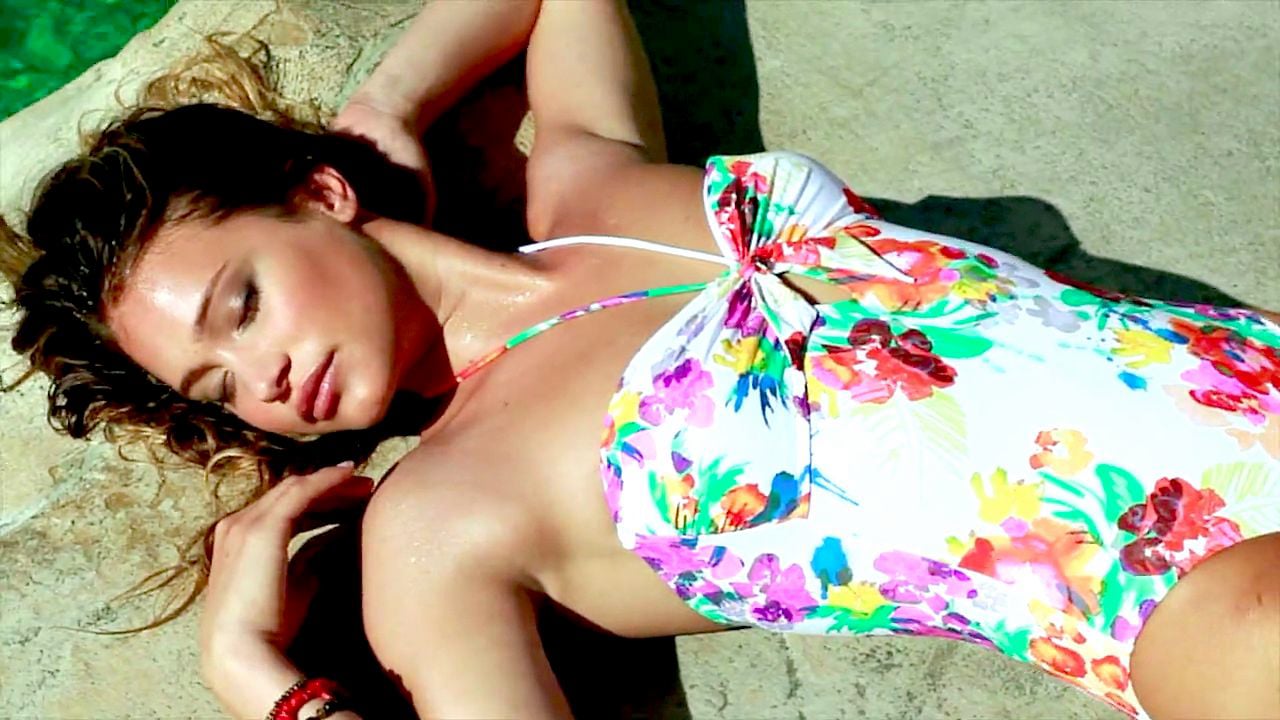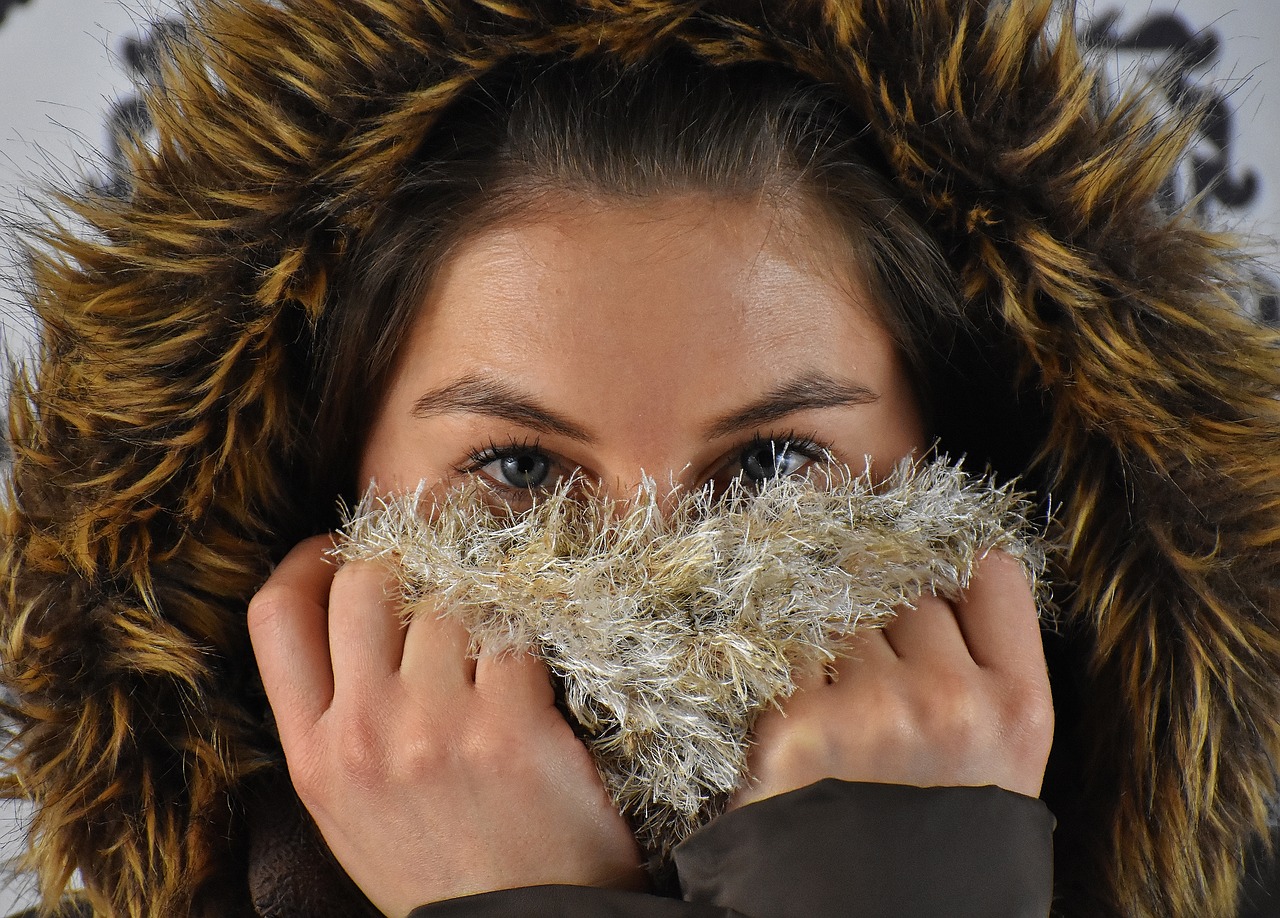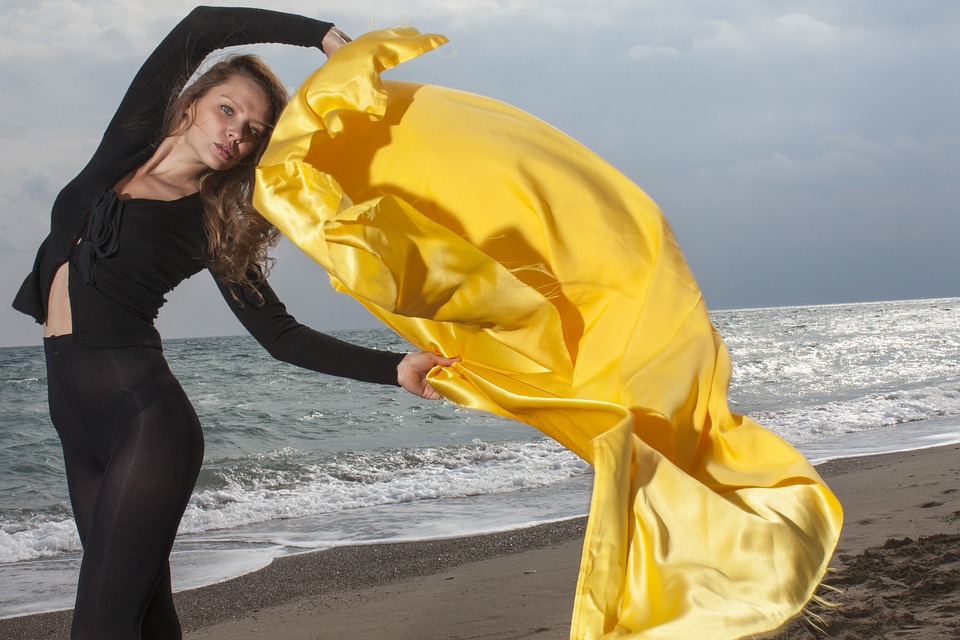I hate having to go through the painful waxing sessions for hair removal!
There! I’ve expressed the sentiment that millions of women like me across the world feel every now and then when they look at themselves in the mirror after a shower.
My significant other refuses to shave on weekends unless he has a formal event he has to go to. Watching him lounge around the house unconcerned about the two-day stubble, I’ve often wondered how social paradigms developed to the point where having a hairless face and skin became essential.
I mean if nature didn’t intend us to have hair, we would have long eliminated the gene that gave us hair in the first place. Makes sense?
So, here I was, complaining and mumbling under my breath as I went through my phone looking for the number of my salon. (If I want to look anywhere near presentable in a swimsuit, I would have to schedule an appointment.)
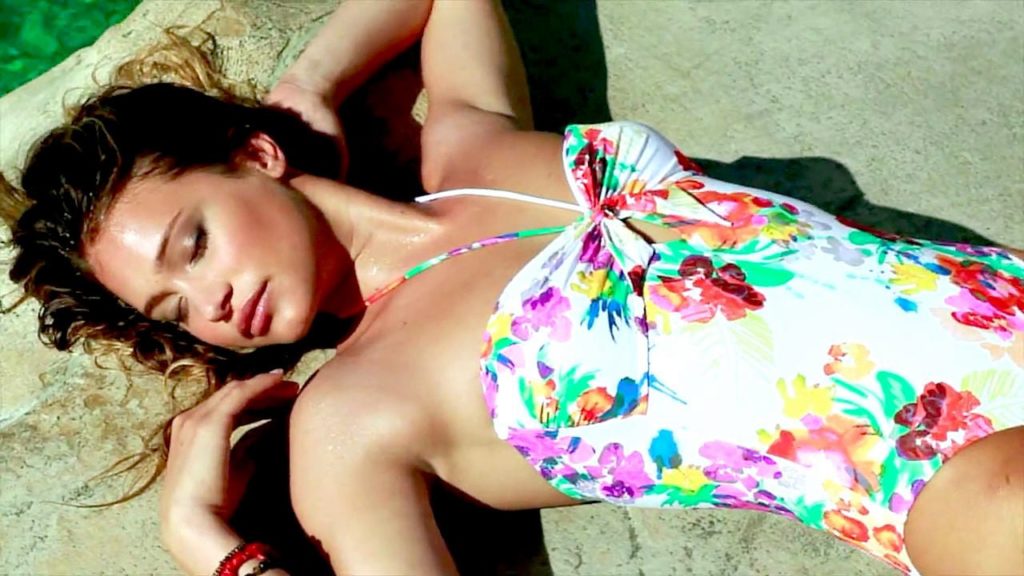
Contents
Suddenly, it struck me. Who was this historical personality who invented hair removal anyway?
I decided to get to the bottom of the issue. It was time to find out if hair removal is really an essential of fashion or plain, good old hygiene. So, I set about doing a bit of research into the issue.
Hair Removal Has Been Around Since 30,000 BC
(There go my hopes of ushering in a social revolution where hairy faces and bodies were completely acceptable.)
As Livestrong says, people as far back as 30,000 BC used the sharp edge of flint to scrape off the hair from their scalps, faces, and bodies. At the time, it WAS a question of hygiene. No hair meant no lice, mites, and other infestations. I dug around a little more to find that everyone (including women) living in the warmer climates would shave off their scalp hair too.
Then came a time in the Middle Ages when going hairless (bald?!) was the height of fashion. (I think I am quite happy I don’t live in those times.)
The elite would remove all their hair (in the nether regions too) as a sign of quality. Think Romans and their statues and paintings of entirely hairless people. And, the court of Queen Elizabeth I where women removed their eyebrows and the hair on the front of their heads to show off high foreheads. (Phew!)

Hair Removal Techniques Haven’t Evolved All That Much
In fact, removing hair in those times was a lot more painful. My research showed that people mainly used tweezing to get rid of the fuzz. They’d use seashells as tweezers or pumice stones and metal blades to scrape hair. Egyptian women are credited with the art of threading. They were the first to use twisted strands to pluck hair in 60 BC. Apparently, they also invented sugaring which is very much like modern-day waxing.
And, yes, hair removal creams were also used. Only, women used a solution of quicklime and arsenic to burn off the unwanted hair. (It’s scary to think about what that did to their skins.)
Getting Back to the 21st Century
Having grudgingly conceded that I would have to get that waxing session, after all, the next step was to explore my options. I mean, doesn’t science and technology have an answer to the problem of unwanted fuzz? (and, a painless one, too!)
Look around and you’ll find that there IS one solution that the ancients didn’t have. It’s called removing hair with the help of lasers. But, the question still remains. Does laser hair removal hurt more than waxing? (Remember? We’re still stuck on the issue of pain here!)
So, It’s Back to the Internet!
I decided that it’s time to look for a more permanent solution (Given that I’m going to have to do this all through my life!). And, if lasers promised clean skin for good, it was worth a shot. Here’s everything I found out about the procedure. Some of the information is from the expert aestheticians who can perform the treatment on you and some other comes from hapless people like me. (If you’re looking for some authoritative details, check out the Lawrence Livermore National Laboratory website.)
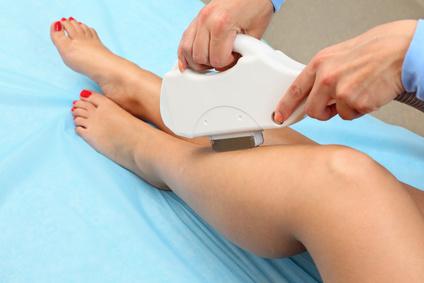
- Medscape says that laser hair removal came to be first used in the year 1998 when some guys, Dierickx, and associates first released a paper after conducting 2-year research on the technique. Since then, you can find a whole range of equipment that can help you with unwanted hair.
- Lasering is a solution that’s perfect for women with darker-colored hair. The deeper pigmentation seems to absorb the heat and directs it to the root. The heat effectively burns the root so that it cannot go back. In a fraction of a second!
- You’ll probably need about 6 to 8 sessions spaced at intervals of about 6 weeks each. Weigh that against a lifetime of waxing sessions and the cost in terms of dollars (and, the pain!) and you’ll find that lasering is much more economical.
- You won’t have to worry about ingrown hair with layering.
- The levels of pain depend on your tolerance and the thickness of the hair. To some extent, the area under treatment is also a factor. So, if you’re working the more delicate sections, it could hurt a little more. Many users have talked about feeling a rubber band twanging against the skin.
- You can prepare for the session by taking painkillers in advance and using topical numbing creams. Applying ice afterward also helps.
- Avoid caffeine on the day of the procedure and time it far out from your appointment with Aunt Flo. You’ll save on some of the sensitivity.
- You can expect that the treated area will look pink for a few days and since the hair will be falling out, you may have to exfoliate thoroughly. Some women have also talked about noticing a singed hair odor.
- Laser treatments can be of two different wavelengths and doctors choose the appropriate one according to the color and texture of your hair and skin. As you go through the sessions, your aestheticians may work out a combination for you.
- Avoid trimming the hair before your session for a week or so and the treatment will be much more effective.
- Lasering doesn’t take a lot of time. You can get the session done during your lunch break.
- Lasering is great for both and women.
- You’ll be wearing protective eyeglasses all through the session so you needn’t worry about any potential harmful effects.
There you go – the results of my digging around for the perfect solution for unwanted fuzz. Come to think of it, humans have come quite a long way in their quest for the perfect hair removal solution. From flint and cuts and nicks to the permanent option of lasers!
(Who knows, over the next few hundred centuries, we might just mutate into humans without the need for lasers too. Um, they aren’t entirely painless, you know!)
To know more: 6 Stunning Long Hairstyles For Oval Faces













